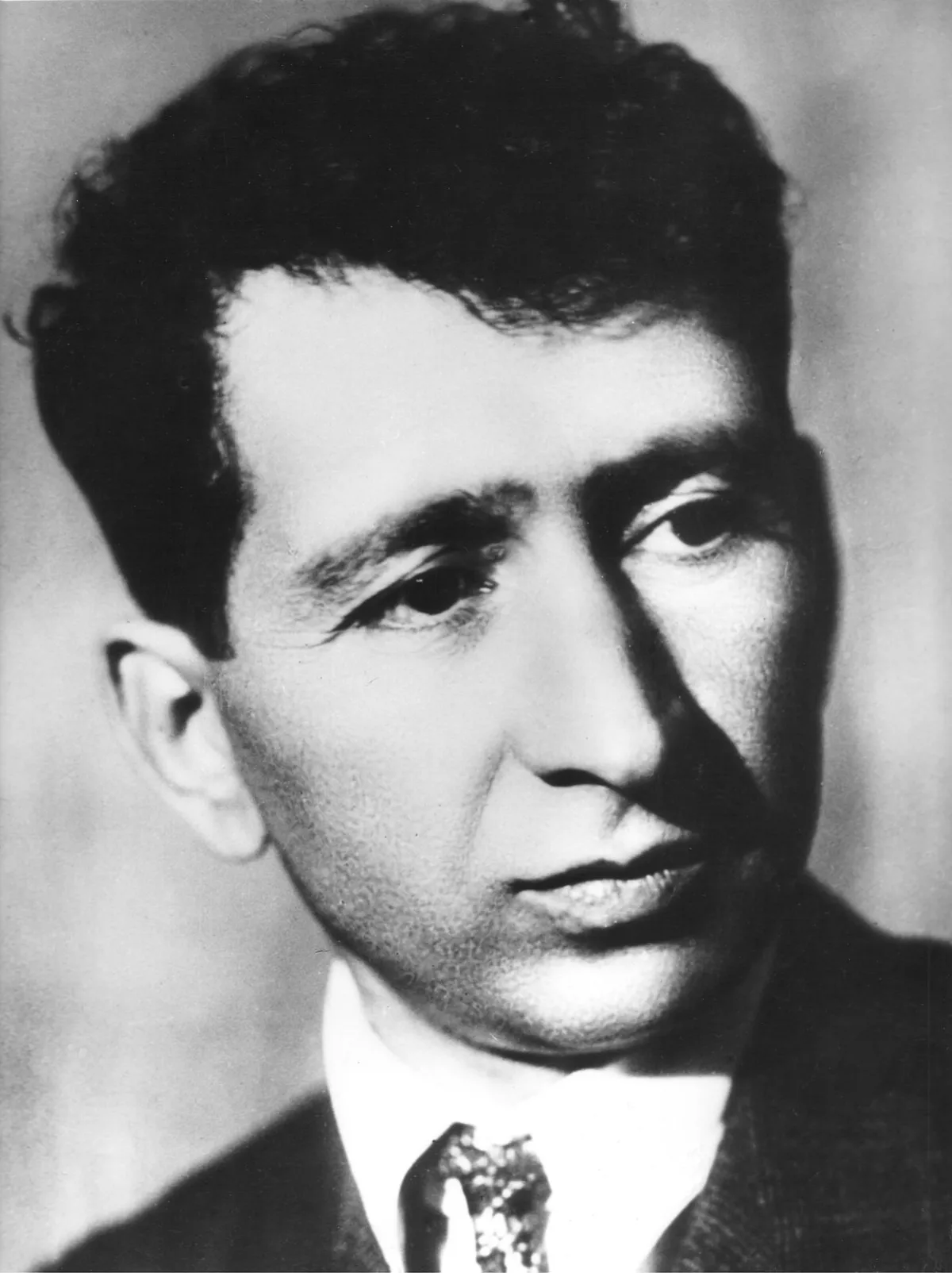 1.
1. Yeghishe Charents is recognized as "the main poet of the 20th century" in Armenia.

 1.
1. Yeghishe Charents is recognized as "the main poet of the 20th century" in Armenia.
An early proponent of communism and the USSR, the futurist Yeghishe Charents joined the Bolshevik Party and became an active supporter of Soviet Armenia, especially during the period of Lenin's New Economic Policy.
Yeghishe Charents was arrested by the NKVD during the 1930s Great Purge, and died in 1937 due to severe health complications, including Morphinism.
Yeghishe Charents was born Yeghishe Abgari Soghomonyan in Kars in 1897 to a family involved in the rug trade.
Yeghishe Charents's family hailed from the Armenian community of Maku, Persian Armenia.
Yeghishe Charents first attended an Armenian elementary school but later transferred to a Russian technical secondary school in Kars from 1908 to 1912.
Yeghishe Charents left the front one year later, attending school at the Shanyavski People's University in Moscow.
Yeghishe Charents joined the Red Army and fought during the Russian Civil War as a rank-and-file soldier in Russia and the Caucasus.
Yeghishe Charents returned to Moscow in 1921 to study at the Institute of literature and Arts founded by Valeri Bryusov.
When Yeghishe Charents returned, he founded a union of writers, November, and worked for the state publishing house from 1928 to 1935.
In September 1926, on a street in Yerevan, Yeghishe Charents shot and slightly wounded a woman, Marianna Ayvazyan, the sister of composer Artemi Ayvazyan, after she had resisted his advances on several occasions.
Yeghishe Charents was convicted and sentenced to eight years in prison for the shooting, but served just over a year of his sentence.
In July 1936, when Soviet Armenian leader Aghasi Khanjian was killed by Lavrentiy Beria, Yeghishe Charents wrote a series of seven sonnets.
Yeghishe Charents took some morphine and then read some Komitas.
Yeghishe Charents became a morphine addict under the pressure of the campaign against him and because he was suffering from colic, caused by a kidney stone.
The hypodermic needle Yeghishe Charents used for his habit is on exhibit in his museum in Yerevan.
Yeghishe Charents died of catarrhal pneumonia on November 29,1937 due to severe health complications, under unclear circumstances.
Yeghishe Charents' works have been translated into Russian by Valeri Bryusov, Anna Akhmatova, Boris Pasternak, and Arseny Tarkovsky; into French by Louis Aragon; and into English by Marzbed Margossian, Diana Der Hovanessian, and others.
The first monograph on Yeghishe Charents was published by Simon Hakobyan in 1924 in Vienna.